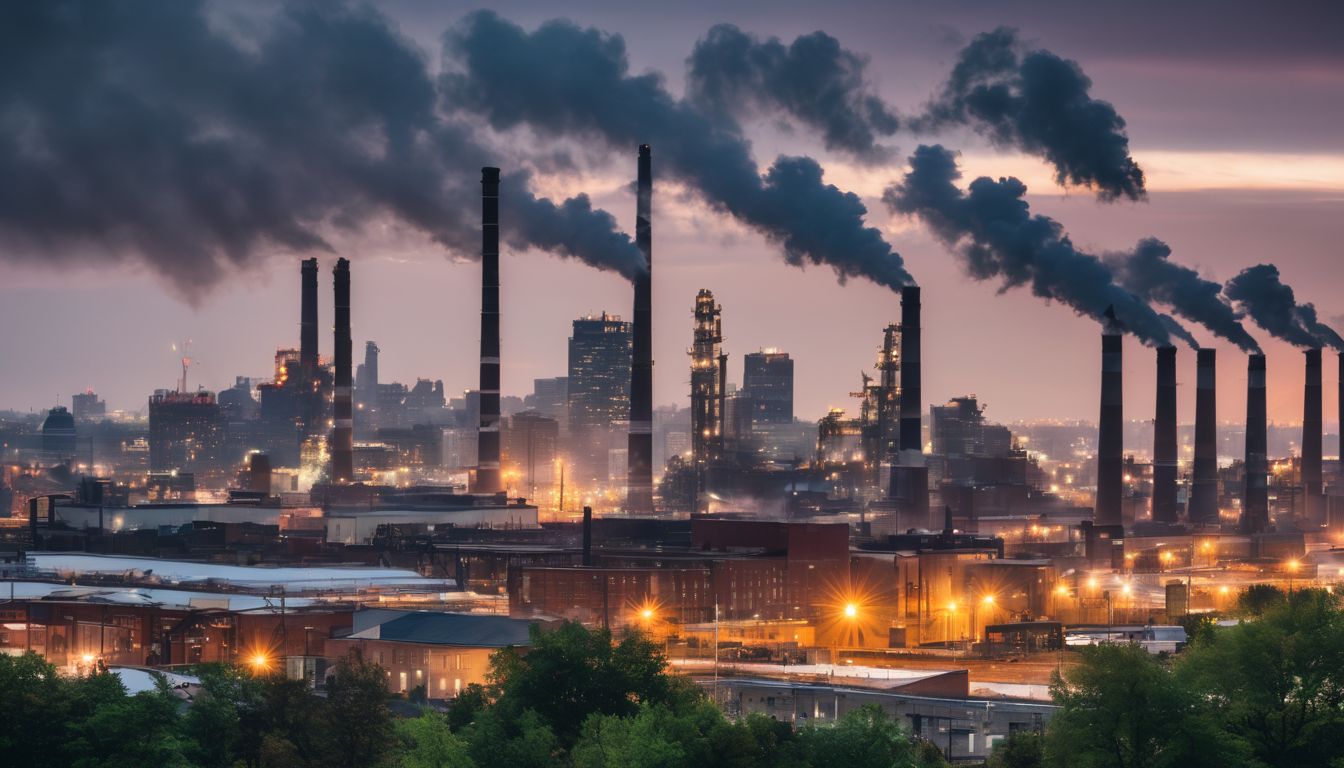The month of December 2008 provided us with some unusual weather patterns. Snowfall hit unexpected places like Las Vegas, Malibu, and Payson, Arizona. Areas of the Pacific Northwest that are used to a winter full of rain, including Portland, OR, were buried in snow for days. Boulder, CO experienced the coldest year in over a decade and Florida residents saw record low temperatures this winter season. Even the Midwest received more snow than usual—Green Bay ending the month with 45.6 inches of snowfall, the most for any December on record. But New Years Day covered many of these places in floodwaters as temperatures increased enough to melt the snow and bring in new rain. The question of the New Year was this: How do these record cold weather patterns happen when we are supposedly experiencing global warming?
Although the global warming debate still continues, the recent erratic weather patterns experienced this past December can be easily explained. First, the distinction between weather and climate should be addressed. Day to day weather patterns cannot be used to explain global climate change or global warming. According to the EPA:
[C]limate and weather are different. The main distinction between the two is the timeframe. Weather describes short-term atmospheric conditions in a specific place, such as a sunny day in Los Angeles or a snowstorm in Boston. Climate, on the other hand, refers to average atmospheric conditions over an extended period of time, such as decades or centuries. Using the cities of Los Angeles and Boston as examples again, these two locations have very different climates, even though their weather can possibly be similar on any one day.1
In regards to climate change, and not day to day change, the Earth has already warmed 1.3°F over the past century, and it is projected by the Intergovernmental Panel on Climate Change to increase by an additional 3.2-7.2°F over the 21st century.2 This may not seem significant to the cold weather patterns experienced on a daily basis, but this past year was marked as one of the 10th warmest years on record since 1850. So while Boulder may have experienced an exceptionally cold year, at the same time, according to NASA geophysicists, “more than two trillion tons of land ice in Greenland, Antarctica and Alaska have melted, adding enough water to oceans to raise global sea level by one-fifth of an inch.”3When you are forced to shovel snow in Las Vegas, keep in mind that you are dealing with the daily weather, not the overall climate.
The distinction between weather and climate is necessary to explain the recent cold spell because the global warming debate addresses global climate patterns, not global weather patterns. Another distinction that is gaining popularity is using the term climate change instead of global warming to explain current temperature trends. The EPA gives a good explanation of both:4
• Climate change refers to any significant change in measures of climate (such as temperature, precipitation, or wind) lasting for an extended period (decades or longer). Climate change may result from: 1) natural factors, such as changes in the sun’s intensity or slow changes in the Earth’s orbit around the sun; 2) natural processes within the climate system (e.g. changes in ocean circulation); 3) human activities that change the atmosphere’s composition (e.g. through burning fossil fuels) and the land surface (e.g. deforestation, reforestation, urbanization, desertification, etc.)
• Global warming is an average increase in the temperature of the atmosphere near the Earth’s surface and in the troposphere, which can contribute to changes in global climate patterns. Global warming can occur from a variety of causes, both natural and human induced. In common usage, “global warming” often refers to the warming that can occur as a result of increased emissions of greenhouse gases from human activities.
Although both terms agree that significant warming has occurred in the past century, climate change also helps to convey that there are different changes happening in addition to rising temperatures. Higher temperatures make weather patterns more unstable. Changing sea ice levels, ocean currents, and winds mute or accelerate regional temperature changes by redistributing the heat in the atmosphere. For example, while December experienced colder weather, the United States Geological Survey predicts that, “increasing sea levels and prolonged droughts in the Southwest will occur by mid-century as a result of climate change.”5And even though the Northeast was covered in snow this past holiday season, “the number of snow days each winter dropped at a rate of 8.9 days per decade and annual snowfall decreased by about 1.8 inches per decade” since 1965.6
The global warming debate can be a tricky one. But before you make the New Years resolution to bypass the reality of global warming, make sure you take global climate change trends into consideration. And although you may be dusting snow off of your windshield in Malibu, sea levels are still rising, glaciers are still shrinking, trees are blooming earlier, and permafrost is thawing.




